This post may contain affiliate links. Please read our disclosure for more info.
While many people who have never practiced yoga before may think of it as “gentle stretching”, yogis know that other styles really get your heart rate up and make you sweat buckets. There definitely are challenging types of yoga, but which ones are classified as the hardest?
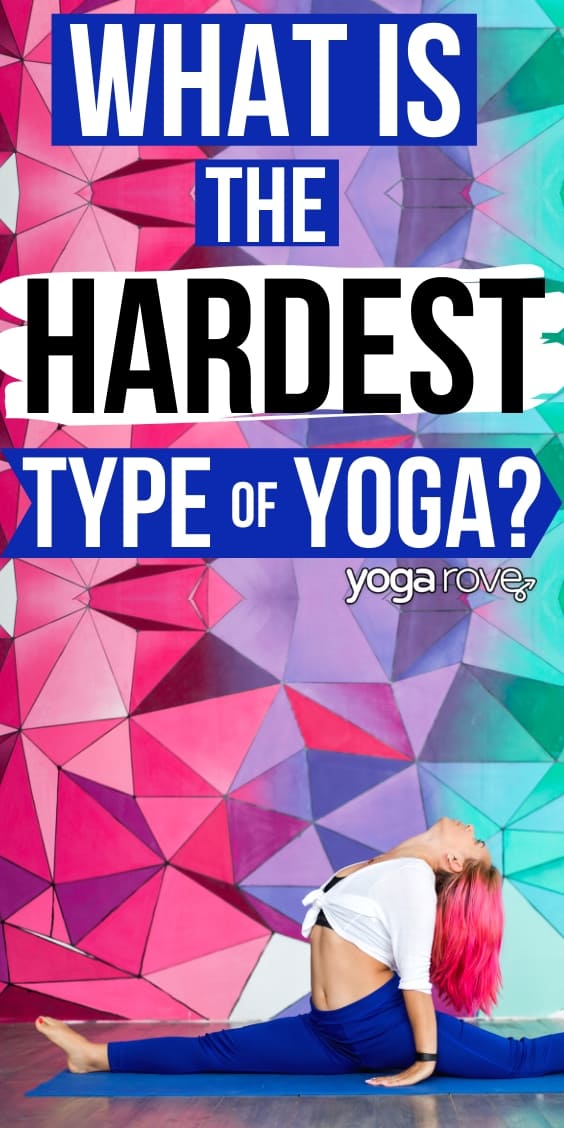
What is the Hardest Type of Yoga? Although this is unique to everyone’s personal struggles, the most commonly classified as “difficult” are Ashtanga, Bikram, Power Vinyasa, Rocket, and Yin Yoga.
First off, there is no such thing as an official ranking – what type of yoga will be hard for you depends on your strengths and weaknesses. Usually we only think of very physically intense styles, and while I’ve included them on my list, they are not the most difficult styles for me.
I enjoy an invigorating practice and have a strong asana practice, but struggle with meditation. I have other friends who can sit still for hours but avoid physically challenging yoga classes. I suggest trying different styles of yoga to find out what your strong and weak points are.
Hardest Types of Yoga
With that being said, these are the types of yoga that are most commonly classified as “hard”, so you may want to prepare a bit before you jump into one of these classes:
Ashtanga Yoga
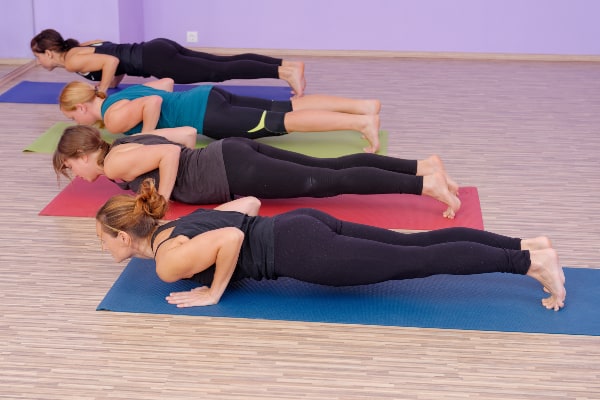
Called the “military of Yoga”, Ashtanga yoga always follows a certain sequence of poses, connected by a chaturanga. It starts off with five sun salutation A‘s and five sun salutations B’s. That can already be enough to get your heart racing, but we’re far from done.
Prepare for boat pose, wheel and headstand. Yoga props aren’t traditionally used, which can make this style difficult to practice for beginners. Practicing the whole primary series takes up to two hours(!).
There is also a risk of injury if you practice in big groups and with very traditional teachers that don’t teach modifications. You shouldn’t move on to the second series of postures if you haven’t mastered the first series, which can take years. There are six series in total: Primary, Intermediate and four Advanced series.
Bikram Yoga
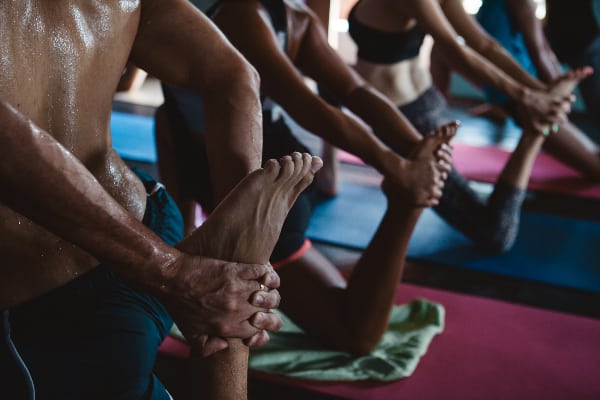
Similar to Ashtanga yoga, Bikram yoga follows a certain sequence of poses. As if following the sequence wasn’t hard enough already (there might not be any headstands involved, but my Bikram teachers always encouraged me to push – there were no gentle reminders to take it easy or to take child’s pose), the room is heated to 95-108 °F (35-42°C).
This should make the experience as authentic as possible. Yoga comes from India, a country where temperatures like these aren’t uncommon. The heat is supposed to loosen your muscles and help you cleanse your body by sweating. You might feel dizzy during your first Bikram yoga class, and I encourage you to take breaks and drink water when needed (this is a tricky subject in Bikram classes- usually you’re taught to avoid drinking water during the first 20 minutes as to not “extinguish the inner fire”).
Power/Vinyasa Yoga
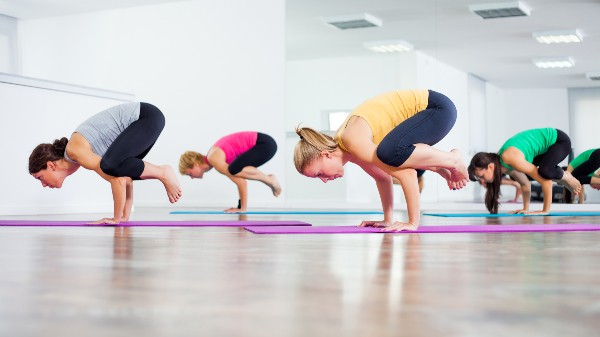
Chaturangas, Arm Balances, Inversions – Power Yoga has it all. Since Power/Vinyasa Yoga is known for its creative transitions, you might be expected to go from Crow to Tripod Headstand or from Eka Pada Koundinyasana II to Chinstand.
Poses are held for the duration of one breath, making the classes very fast-paced and intense. Don’t try to keep up with advanced yogis if you’re just getting started, you might end up hurting yourself.
Rocket Yoga
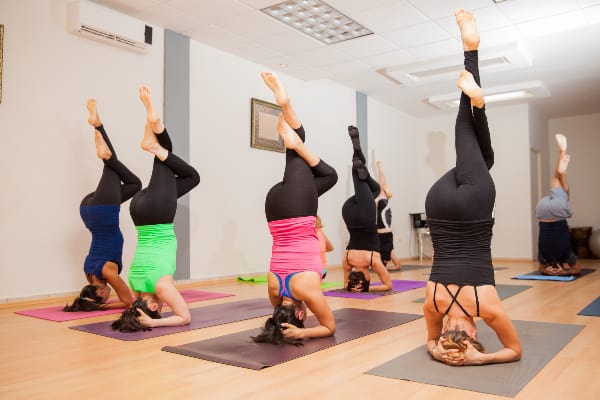
Rocket Yoga also starts with (what feels like too many) sun salutations, followed by Crow pose and Forearm Stand without much warm up (well, the sun salutations are the warm up, but if you’re anything like me you‘d like a few shoulder and hamstring stretches before throwing yourself into a Forearm Stand).
I can’t go to a Rocket Yoga class when I’m feeling a bit slow or lazy – Rocket needs enthusiasm and commitment. With the right way it is an excellent way to learn arm balances, for a beginner it might feel a bit discouraging at first.
There are two series, and you can do the second series before mastering the first because they complement each other. If both series are combined into one class (also called third series), you’ll practice 90 poses in 90 minutes.
Yin Yoga
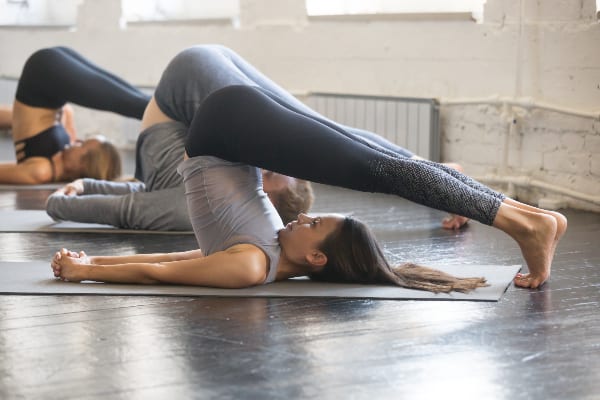
Moving on to something completely different, Yin Yoga is not as physical as the other styles described here, but people still find it very difficult. Why?
Staying in once pose for 5-10 minutes without letting your mind wander is hard. Not judging yourself when it happens is even harder.
My train of thought in a Yin yoga class looks something like this: “Okay, focus on the sensation in your hip. Breathe in. Breathe out. Listen to the sounds around you. A bird. Wait, didn’t Lauren ask me to look after her bird when she’s going on vacation in two weeks? I should call her…no, no, no, come back to your breath, ignore the bird! Why can’t you just focus?”
Yin yoga can be especially hard for yogis who don’t have an established meditation practice yet, or people who are used to a very invigorating practice that doesn’t give you time to think about other things.
Partner/Acro Yoga
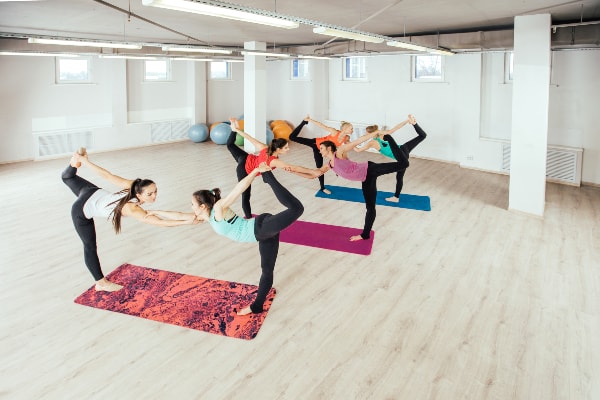
Partner Yoga can be very hard for those yogis who like to have everything under control. To trust a stranger and rely on his/her help can be scary. In Partner Yoga you usually rely on a partner to deepen stretches, Acro Yoga involves balancing on the other persons’ feet/shoulders/hands and needs a lot of coordination and trust.
If you would like to learn how to be more open towards people, try partner yoga! If you’re nervous about getting started, realize not all poses are advanced.
Related: 50 Partner Yoga Poses from Beginner to Advanced
A little piece of advice for all-level yogis:
Once you’ve figured out what is hardest for you, try practicing it more often. This goes for certain style of yoga, but also for poses. “The poses you hate the most, you need the most.” You might have heard this saying before – and it took me some time to realize that it is true.
If you can’t wait for the opening meditation to be over, you should spend more time meditating. If you really dislike one pose, ask yourself why. Does your body not feel ready? If so, modify the pose and try it again. If you dislike it because it reminds you of your weak points, practice it more often to turn it into a strong point.
You might also have a “strong side” and a “weak side”. I always kick into handstands with my left leg because it feels so much easier than the right leg. Of course, that’s more fun, but we sometimes need to remind ourselves that we should also aim to balance our body, so spend some time training your weak side.
Now that we’ve talked about the hardest types of yoga, we should have a look at styles that are more accessible for beginners and might be less daunting.
Beginner Styles to Practice First
Hatha Yoga
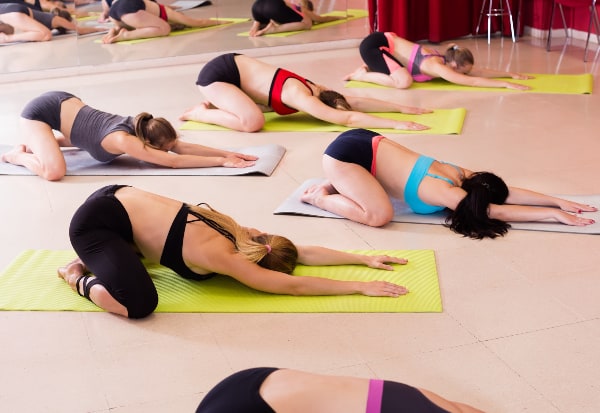
Technically, every yoga style if Hatha yoga. “Ha” means sun, “tha” means moon, and describes the physical aspect of yoga. In our modern world, Hatha yoga describes slower-paced classes with longer holds (not as long as in a yin class).
It also teaches you breathwork (Pranayama) and inversions to increase the blood circulation, so you might be taught a headstand, but don’t worry: there are many different options and you can take all the time you need to build up to the pose, and the instructor will encourage you to try them!
Iyengar Yoga
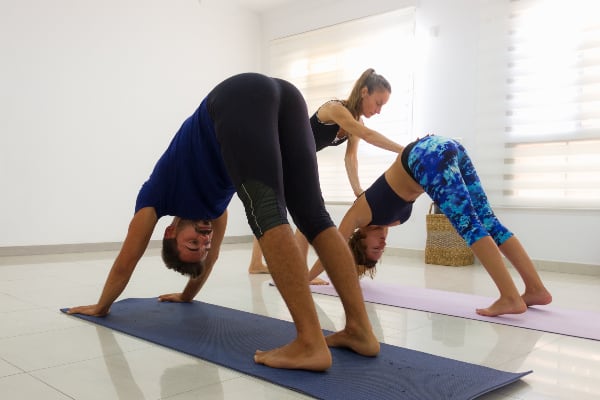
Iyengar Yoga is great for anyone recovering from an injury or looking to get their foundations right. You won’t do as many poses as in fast-paced classes but focus on correct alignment instead. Iyengar yoga is known for its use of props to make poses more accessible.
Beginner’s Vinyasa
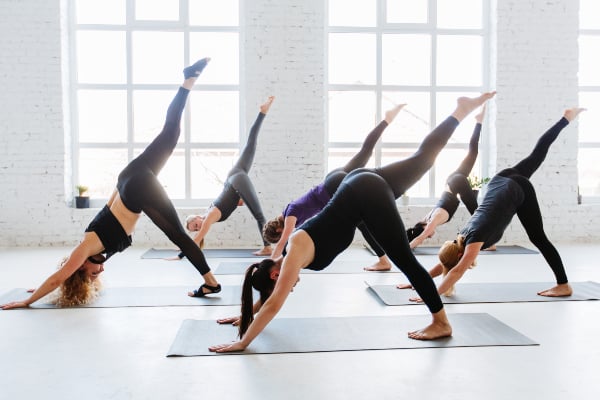
Yes, Vinyasa can be very challenging, but its structure is not as strict as other styles, which means it can easily be adapted to beginners.
Beginners’ Vinyasa is great if you want to break a sweat without feeling overwhelmed by advanced poses, and it might be easier to stay focused when you’re constantly moving. The creative sequencing makes it easy to modify poses and the use of blocks and straps is allowed and -depending on the teacher – even encouraged. It is currently one of the most popular styles of yoga, therefore you probably won’t be the only newbie in a class, which can be nice.
Related: The Beginner’s Guide to Using Yoga Blocks
If you’re new to yoga and nervous about going to a studio, there are tons of free resources online. That is also why we created our Free Resource Library of yoga printables, to help you get started on your journey.
We always recommend practicing in front of a mirror to ensure proper alignment and taking things slow. This is your practice, and it’s not a race. Learn the proper foundations so you can build a fulfilling practice you can carry with you for the rest of your life.
Happy practicing!
After completing her teacher training in India, Franziska started writing about and teaching yoga while traveling. Having her mat with her always makes her feel more at home, no matter where she is. Yoga has improved her life in many ways, and she’d like to share the numerous benefits of yoga with others.



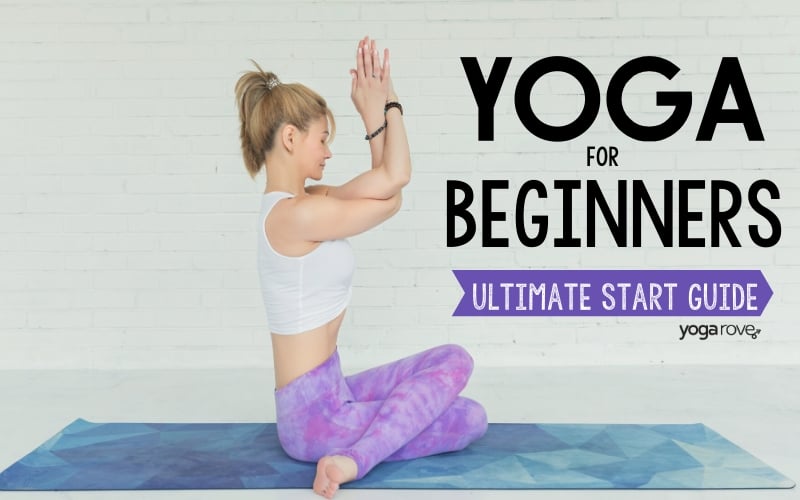


I am going to start my yoga journey as I’ve been focusing on meditation for the last 6 months. This information was extremely useful. Thanks!
Yay, so excited for you to get started! So glad you fund it helpful 🙂